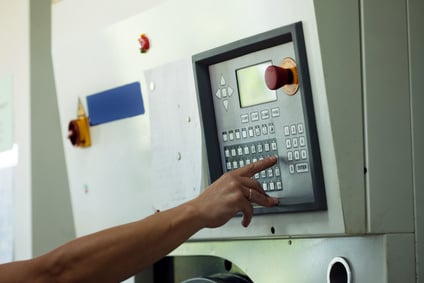This guest blog post was authored by Matt Sigmon, director of DCS Next at MAVERICK Technologies, in conjunction with an ISA co-hosted webinar on why front-end loading (FEL) is critical to migration success. This post has been updated with the webinar recording.
Your control system wasn’t designed for the plant you have today − it was created specifically for the plant that was built long ago. Think of all the changes that have been made in that time, all the improvements in quality, throughput and enterprise integration you’ve made − or would like to make − if only the control system would let you.
Do you have the ability to make rapid changes in product or product mix? Do you have adequate physical security? Sufficient cybersecurity for the control system? How well does your safety instrumented system work with the basic process control system? Is your control room an operator-friendly workplace? Do you have enough I/O to add new sensors and controllers for the future?
How does the DCS’ HMI handle alarm management issues? Do you have a history of near-miss accidents because the alarm management system doesn’t work well in crisis situations?
Do you have the ability to add an historian and an advanced process control package to your existing DCS without much blood, sweat, tears and cursing?
Do you have adequate spare parts on hand for your control system? Are spare parts even available anymore? For how much longer will the OEM support your DCS and how much is that going to cost you?

If you are faced with these issues, you know you need to do a major upgrade on your control system. You also know it’s a monumental decision − one an engineering team makes only once or twice in their entire careers. A major mistake on a DCS upgrade is surely a career-limiting move.
End-users do pre-planning because they know that front-end loading (FEL) the engineering requirements and design phase saves remarkable amounts of time, effort and money − and it can prevent catastrophic mistakes. This reduces the possibility of expensive − and possibly career-ending − change orders and cost overruns.
So, how do you do the pre-planning required for a DCS upgrade?
Most end-users divide the front-end loading portion of the upgrade project into three or four basic phases:
- Phase one: Generate a baseline for the current control system
- Phase two: Determine your options
- Phase three: Design
- Phase four: Commission
Depending on the plant’s engineering capabilities, the first and second phases may be done by the plant or by corporate engineering. However, with the lack of process control resources in the process industries, many of these phases can be done by third parties, including A&E firms, system integrators or control system manufacturers.
 About the Author
About the Author
Matt Sigmon is director of DCS Next at MAVERICK Technologies. Matt joined the firm in 2005 when the company acquired General Electric Automation Services, where he had worked since 1997. He has served as director of sales operations, regional manager, engineering manager, project manager, and engineer. Sigmon now directs the company’s DCS Next initiative.



